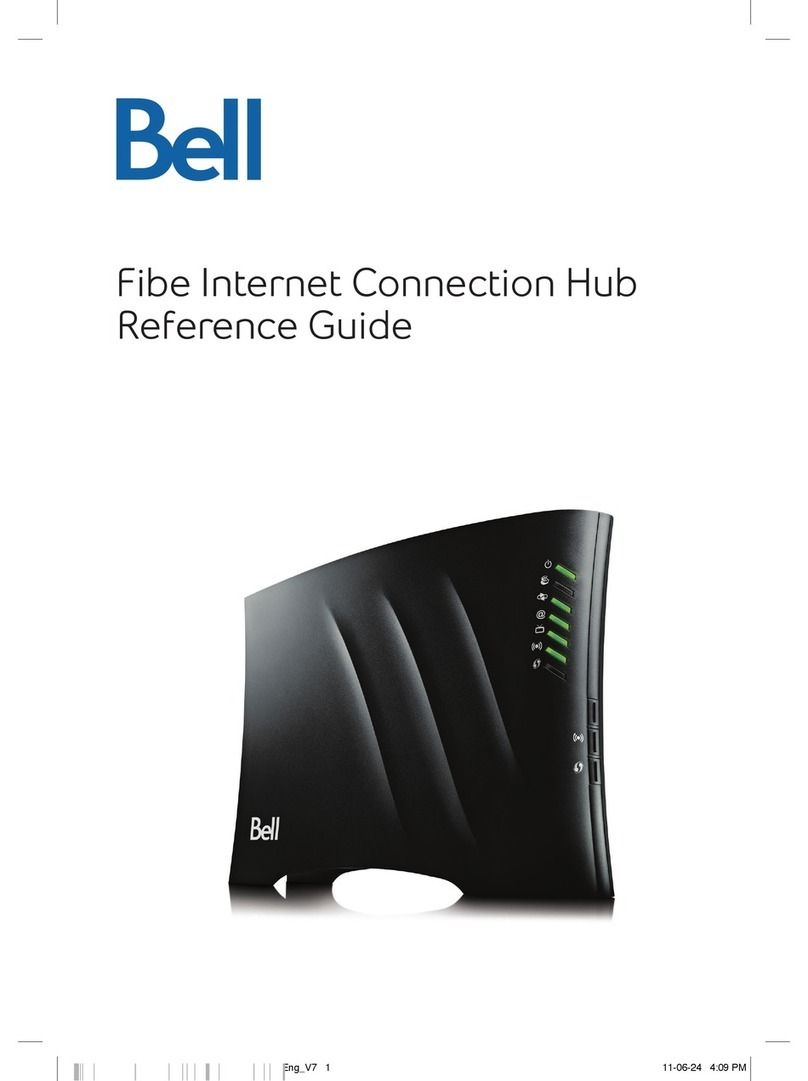
SECTION
666-600-101
FROM
FAR
TO
NEAR
MON
FAR
~1
~
\
*DATA
SPEED
COLOR
CODE
TO
FAR
FROM
NEAR
MON
NEAR
*
THE
DATA SPEED
COLOR
CODES
ARE
AS
FOLLOWS:
PIN COLOR DATA SPEED
( kb/s l
ORANGE
2.4
YELLOW
4.8
GREEN
9.6
8WE
!56
Fig.
3-Jack
Module
connected via DRSIU
test
lines to the DRSIU
at
the
758C
switch.
2.07 The DSTU is located
just
below
the
cord
reel units. The DSTU is held in place by
screws
in
each
of
two mounting brackets, which
are
on
the
sides of
the
DSTU. A clock cord
and
a power cord with connectors
at
one end
are
furnished with
the
testboard. A signal cord is
supplied with
the
DSTU. The cords have 5-pin,
3-pin,
and
15-pin connectors, respectively. The
signal cord plugs into
the
cord reel unit;
the
clock
cord
and
power cord plug into
the
DSTU. Functions
of
the
controls
and
indicators on the DSTU
are
covered in Section 107-602-100.
2.08 The
transmitter
and
receiver DTSs
are
located in
the
control panel
and
writing shelf
assembly (J70176AA) (hereafter referred to as
the
"control panel") below
the
DSTU. The
test
sets
are
held in place by a sliding bracket located on
the sloping shelf so
that
they can be removed for
portable use.
Page
6
2.09
The receiver
and
transmitter
DTS signal
cords plug into
the
RCV
(KS-21001-Ll)
and
TRMT (KS-21001-L1) jacks, respectively, in
the
rear
of
the
control panel. The
RCV
and
TRMT
jacks
are
then
connected through a cable
to
the
rear
of
the
MSU when
the
MSU is provided;
otherwise,
the
RCV
and
TRMT jacks
are
connected
to
the
connector on
the
rear
of a cord reel unit.
The
dock
cords from
the
test
sets
are
inserted
into a 5-pin male connector located
at
the
top
rear
of
the
equipment shelf. The power cords plug
into a duplex receptacle on
the
rear
of
the
control
panel.
2.10 The
front
panel ofboth DTSs containswitches
to
condition
the
test
set
for transmission
or
reception
of
data
and
indicators
[lamps
and
light-emittingdiodes (LEDs)] to indicate
the
position
and
status
of
the
switches. The controls
and
indicators on
the
receiver
are
described in Section
107-601-100. The controls
and
indicators on
the
transmitter
are
described in Section 107-600-100.
2.11 The push-to-talk telephone
handset
located
on ·the control panel is a G5G
R-61
handset
and
is connected to
the
telephone circuitry in
the
950B
testboard
via a
latching
cord reel unit.
Located below
the
handset
is a
pair
of
223A
jacks
to be used for connection of a headset. An 8J
rotary
dial
or
a 35Y3A TOUCH-TONE dial is used
in conjunction with
the
handset.
2.12 The
CONT
CODE switch, located on
the
control panel below
the
receiver DTS
and
to
the
right
of
the
handset, is a 12-position
rotary
switch. The codes
are
printed above
the
switch
and
the
numbers adjacent to
the
codes correspond
to
the
switch positions.
2.13 The MSU control panel, located below the
receiver DTS
and
to
the
right
of
the
CONT
CODE switch, contains
the
following:
• A momentary contact pushbutton switch
(DISPLAY TEST) associated
with
the
display
readouts.
•
Eight
pushbutton
keys (TST, SIG, CLR,
BLK,
and
four
BRANCH keys)
with
a
328-type lamp located under
the
TST, SIG,
and
CLR
keytops.
• A display which is divided into two sections
(OLD
and
NEW) with each section containing




























